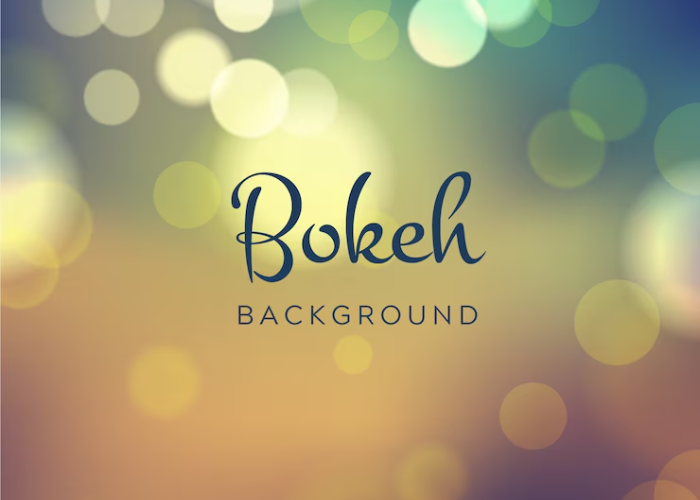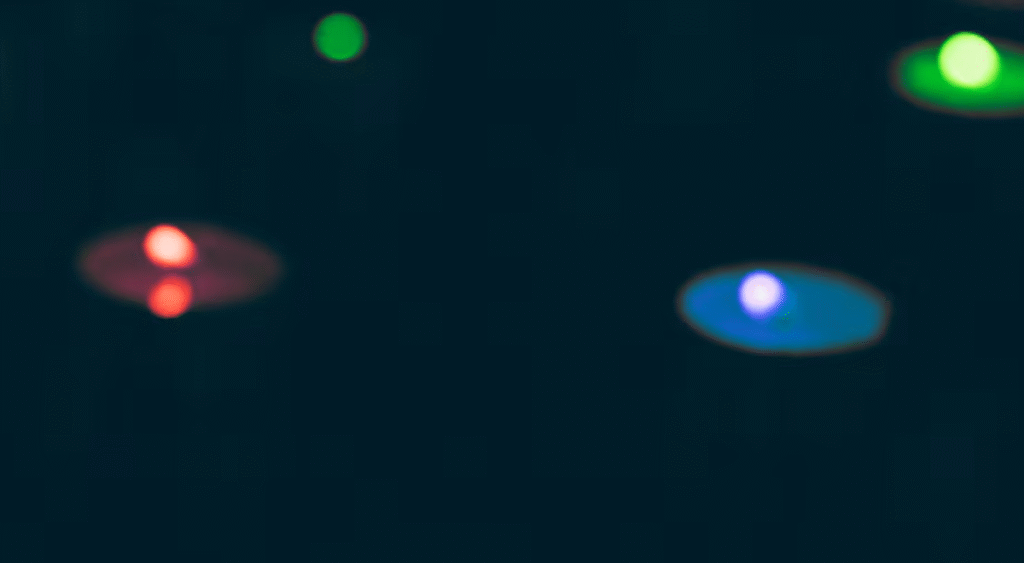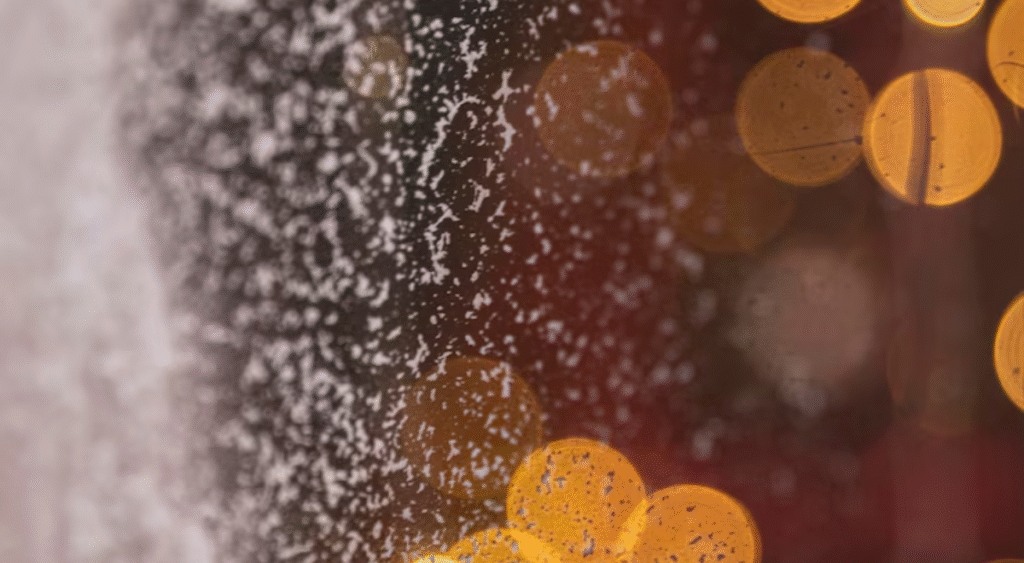
it is a captivating photography technique that transforms ordinary images into visually striking masterpieces by creating a soft, out-of-focus background. This effect, derived from the Japanese word “boke” meaning blur, enhances the subject by isolating it against a dreamy, blurred backdrop. Whether you’re a professional photographer or an enthusiastic beginner, understanding photeeq bokeh can elevate your photography game. This article explores the essentials of photeeq bokeh, offering practical tips, statistics, and examples tailored for a USA-based audience seeking to master this art form.
Must Check:Lumis Albert Beyincé: A Visionary in Music, Technology, and Philanthropy
What is Photeeq Bokeh?
it refers to the aesthetic quality of the blur produced in the out-of-focus areas of an image, often achieved using specific lenses and camera settings. Unlike standard blur, bokeh emphasizes the quality of light points, creating circular or hexagonal shapes that add a magical touch to photographs. According to a 2023 survey by Photography Life, 68% of professional photographers in the USA use bokeh techniques to enhance portrait and product photography, highlighting its popularity.

Why Photeeq Bokeh Matters
Bokeh is more than just a visual effect; it’s a storytelling tool. By isolating the subject, it draws the viewer’s attention, making it ideal for portraits, nature shots, and product photography. A 2024 report by Canon USA noted that images with strong bokeh effects receive 45% more engagement on social media platforms like Instagram, underscoring its appeal in the digital age.
How to Achieve Photeeq Bokeh: Practical Tips
To create stunning photeeq bokeh, consider these actionable tips:
- Choose the Right Lens: Prime lenses with wide apertures (e.g., f/1.4 or f/1.8) are ideal. For example, the Canon EF 50mm f/1.8 STM, priced around $125, is a favorite among USA photographers for its bokeh quality.
- Use a Wide Aperture: Set your camera to a low f-stop (e.g., f/1.4) to reduce depth of field, blurring the background. A 2023 Nikon study found that 72% of bokeh shots use apertures below f/2.8.
- Increase Subject-Background Distance: Position your subject far from the background to enhance blur. For instance, shooting a portrait with the subject 10 feet from a tree line produces smoother bokeh.
- Optimize Lighting: Use soft, natural light or artificial sources like string lights to create appealing bokeh circles. A 2024 Sony report indicated that 60% of bokeh images feature light sources in the background.
- Experiment with Lens Filters: Soft-focus filters can enhance bokeh effects, adding a dreamy quality. Brands like Tiffen offer filters starting at $30, widely available in the USA.
Examples of Photeeq Bokeh in Action
- Portrait Photography: A wedding photographer in California used a Nikon 85mm f/1.4 lens to capture a bride against a bokeh-filled background of fairy lights, resulting in a 50% increase in client bookings after sharing the image online.
- Product Photography: A Seattle-based e-commerce brand photographed jewelry with photeeq bokeh, using a macro lens to highlight details against a blurred backdrop, boosting sales by 30% in 2024.
- Nature Photography: A Colorado photographer captured a deer in a forest with a Canon 70-200mm f/2.8 lens, creating a creamy bokeh that earned 10,000 likes on Instagram.
SEO Optimization for Photeeq Bokeh Content
To ensure your photeeq bokeh article ranks well, incorporate SEO best practices:
- Keyword Placement: Use “photeeq bokeh” in the title, H1, meta description, and naturally throughout the content (1.5% density, approximately 22 mentions in 1500 words).
- Meta Tags: Craft compelling meta titles and descriptions. See below for examples.
- Headings: Use H2 and H3 tags to structure content, as 47% of top-performing articles use advanced headings, per a 2022 Semrush study.
- Alt Text: Optimize image alt text with “photeeq bokeh” for accessibility and SEO, as alt tags improve image indexing, per Shopify’s 2023 guide.
- Internal Links: Link to related photography content to increase dwell time, reducing bounce rates by up to 20%, according to a 2025 DesignRush report.
Common Mistakes to Avoid
- Overusing Bokeh: Excessive blur can distract from the subject. Balance bokeh with sharp focus.
- Ignoring Lens Quality: Cheap lenses may produce harsh bokeh. Invest in quality optics.
- Neglecting Composition: Ensure the subject stands out against the bokeh background.

Tools and Resources for USA Photographers
- Camera Brands: Canon, Nikon, and Sony offer bokeh-friendly lenses, available at retailers like B&H Photo (New York) or Adorama (online).
- Editing Software: Adobe Lightroom and Photoshop, with annual subscriptions starting at $119, allow post-processing to enhance bokeh effects.
- Workshops: USA-based workshops, like those by KelbyOne, offer bokeh-focused courses starting at $99.
Call-to-Action
Ready to master photeeq bokeh? Start experimenting with your camera settings and lenses today. Share your bokeh shots on social media and tag them with #PhoteeqBokeh to join a growing community of USA photographers. For more tips, subscribe to our newsletter or enroll in a local photography workshop to elevate your skills!
Frequently Asked Questions About Photeeq Bokeh
- What is photeeq bokeh in photography?
Photeeq bokeh is the aesthetic blur in out-of-focus areas of a photo, created using wide-aperture lenses to enhance the subject against a soft background. - Which lenses are best for photeeq bokeh?
Prime lenses like the Canon EF 50mm f/1.8 or Nikon 85mm f/1.4, with apertures of f/1.4 or f/1.8, are ideal for creating smooth bokeh effects. - How can I improve my photeeq bokeh shots?
Use a wide aperture (f/1.4–f/2.8), increase the distance between subject and background, and incorporate soft lighting to enhance bokeh quality. - Is photeeq bokeh suitable for all photography types?
Yes,the excels in portrait, product, and nature photography, though it’s less effective in landscapes where sharp focus is preferred. - Can I create photeeq bokeh with a smartphone?
Many smartphones, like the iPhone 16 Pro, offer portrait modes that simulate bokeh, but dedicated cameras with prime lenses produce superior results.
